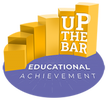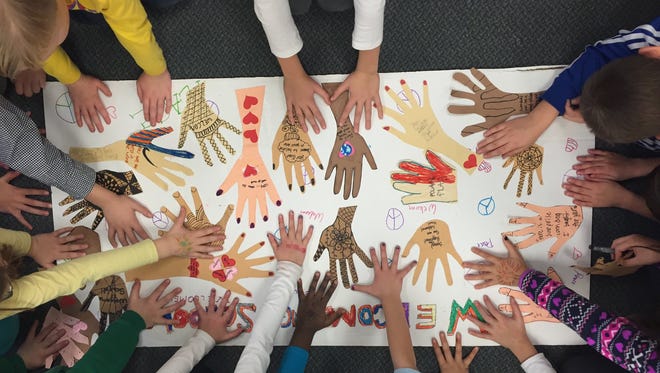|
Virtual Professional Learning Experience English language learners (ELLs) make schools stronger because they incite educators to think strategically and thoughtfully about how to create inclusive learning environment in their schools. Through our work together, you will have a more comprehensive understanding of how to authentically connect with your ELLs, how to better understand who they are and the strengths they bring to bear, and how to strategically differentiate your instruction to meet the needs of ALL of your students. What makes this Virtual Professional Learning Experience unique is that it is designed as a wrap-around program that delivers personalized support before and after you view the asynchronous learning videos, which leads to greater buy-in because you are motivated to learn and grow from the experience.
For your reading pleasure: The 6-D model of national culture Geert Hofstede was a Dutch social psychologist renowned for his work on cross-cultural groups and organizations. His website will allow you to take a deeper dive into the concept of the cultural iceberg, which will lead to greater insight into your equity work at your school. Absolutely worth your time!
1 Comment
Valerie Lawson
12/12/2022 07:40:28 pm
Thank you for the insightful information. One of the biggest take-aways is the Culture Shock Curve and the stages of recovery. Research suggest that it takes ELLs up to 7years to fully learn the new language. I learned about some of the personal and academic underlying conditions that many ELLs are challenged with that affect their learning curve. I would implement techniques such as; pictures along with vocabulary, focusing on chunks of the text, and differentiating instruction until they are ready to be gradually released to the next level.
Reply
Leave a Reply. |
||||||||||||||||

